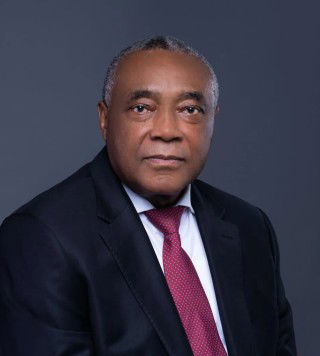One of Thailand’s leading industrialists is to retire early from his post as president of the conglomerate: Siam Cement as from the 31 December 2005. In an interview with the Bangkok Post he notes: "A person should know when he/she needs to leave. Leaving when things are all positive is good, and I believe being early is always better," says the 58-year-old Mr Chumpol who had been with Thailand’s largest corporation since 1971 and at the helm for the last 12 years.
Mr Chumpol has been credited with steering the mammoth company through the rough waters of 1997, when the company’s foreign and domestic debts stood at 247 billion baht. There was also intense foreign competition after the crisis. Although nobody could have anticipated the financial crisis to be so severe, Siam Cement took the step of reorganising itself to meet the challenges rather than raise its hands up in the air and lament that it was not the company’s fault that the baht floated and debts ballooned.
In 1998 several leading global management and financial consulting firms, the likes of Mckinsey & Company Inc, Chase Manhattan Bank, Deutsche Bank and Goldman Sachs, were commissioned to work on the restructuring. Under the new corporate management, Siam Cement as the parent company would concentrate on planning and charting a strategic road map for each of its nine holding companies in order to enhance competitiveness.
The company, eight years after the crisis is leading the way in the expansion and consolidation of various Thai industries into the region. Apart from the recent announcement of a $1 billion petrochemical plant to be built in Thailand, Siam Cement has wider plans -- to build a cement plant in Cambodia, expand into the pulp & paper business in Indonesia, build a petrochemical complex in Iran and expand its operations in the Philippines.
"My aim was and is to make Siam Cement a regional player. If you look at Thailand it is a good market but the size is limited. We want to expand further and make Siam Cement a regional player, actively involved in the Asean countries at least," he says.
"When I joined the firm in 1971, 90 percent of the revenues were derived from the sale of cement-related products, be it cement, fibre cement or concrete cement. Today the composition is very different," Mr Chumpol says.
Today the biggest contributor to the group is actually petrochemicals, thanks to the surge in demand from China and the rise in prices, with building materials, cement and pulp & paper following closely.
